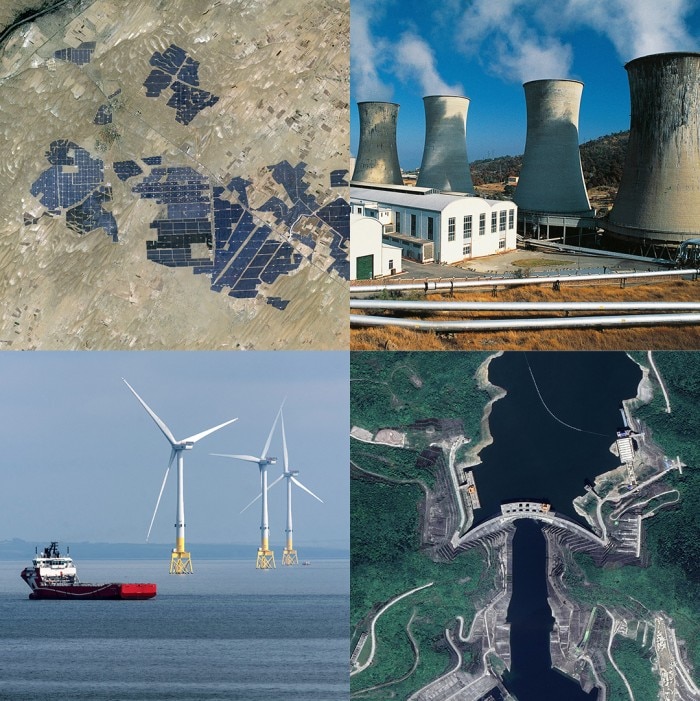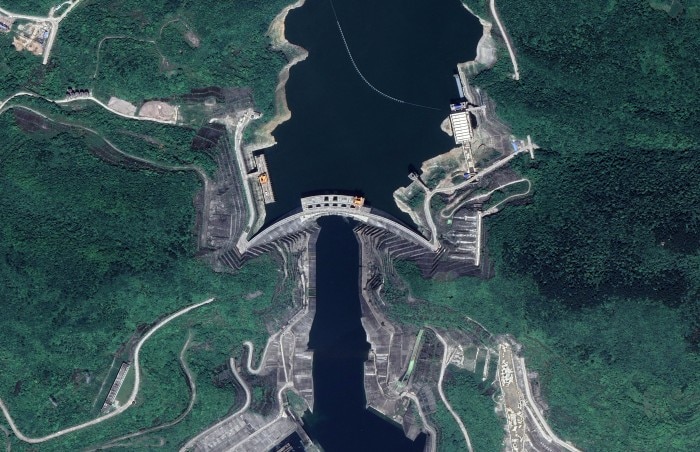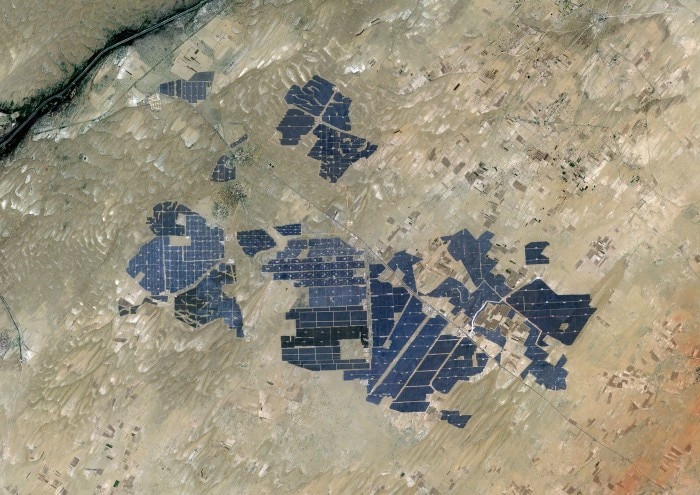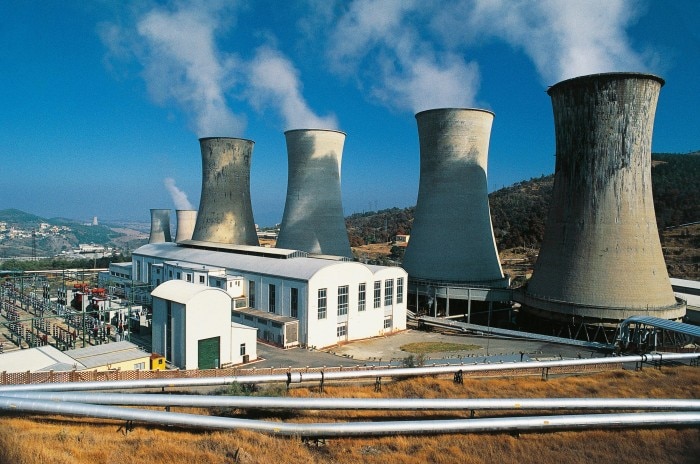MENU
SG | SGD
SG | SGD
-
- Benchtop Centrifuges
- Floor-Standing Centrifuges
- Refrigerated Centrifuges
- Microcentrifuges
- Multipurpose Centrifuges
- High-Speed Centrifuges
- Accessories
- Ultracentrifuges
- Concentrator
- High-Speed and Ultracentrifugation Consumables
- Tubes
- Plates
- Device Management Software
- Sample and Information Management
No results found
Search Suggestions

The Pillars of Energy Transition
Beyond Science
- Sustainability
- Off the Bench
- Inspiring Science
Thanks to Research and Development, renewable energy is being generated in ever more efficient facilities – in India, China and Scotland, as well as amidst the romantic scenery of Tuscany.
_700.jpg)
Floating for Energy
15 kilometers off the coast of Aberdeenshire in Scotland, six gigantic wind turbines tower above the ocean. The 50 megawatt Kincardine wind park is the largest floating offshore wind park in the world. Every year, this plant generates 200 million kilowatts of electricity – enough to supply up to 35,000 Scottish households with energy. Unlike traditional offshore facilities, Kincardine is not securely anchored to the ocean floor as the ocean depth of 80 meters exceeds the maximum depth of 60 meters for firmly installed plants. The wind park was instead installed on semi-submersible WindFloat platforms and is now delivering its energy while afloat. A clever solution that is gathering considerable steam in order to harness hitherto inaccessible areas of ocean. However, these smart counterparts cannot compete with permanently installed wind farms: the currently largest offshore wind park in the world is Hornsea One. Located off the East Coast of England, it generates a total of 1,218 megawatts.
Read more
Read less

Downriver
Along 6,380 kilometers, the Yangtze River meanders from the highlands of Tibet across the land, to the East China Sea. The enormous power of China’s longest river is utilized in two locations to generate large amounts of electricity. The Baihetan hydroelectric power plant is the second largest of its kind worldwide. The 298 meter high dam stretches across a deep valley in southwest China, in the immediate vicinity of Yunnan and Sichuan provinces, and it generates a total of up to 16,000 megawatts of electricity. One day of operation satisfies the annual energy demand of 500,000 people. The Baihetan plant was opened in 2021, and despite its eco-friendly intentions, it is criticized by environmental groups: its construction is destroying the habitats of rare animals. By the way, the largest hydroelectric power plant in the world is also located in China. This three-canyon dam in Hubei province is also powered by the Yangtze River, and it achieves a generator output of 22.5 gigawatts.
Read more
Read less

Blue Desert
In arid Rajasthan, a state in northwest India in the midst of the Thar Desert, a deep blue sea stretches across an area close to 56 square kilometers in size. It is neither a body of water nor a mirage, but it consists of more than ten million interconnected solar panels. They make up Bhadla Solar Park – the largest plant of this kind in the world. Bhadla boasts a total capacity of more than 2,245 megawatts. For comparison: it would take two mid-sized atomic power plants to generate the same amount of electricity. Of note, it is not only the enormous size of the solar park that contributes to its high electricity output, but also its geographical location. The strong solar radiation in Rajasthan allows the plant to generate close to six kilowatt hours per square meter daily. However, Bhadla will not hold on to its status as the largest solar park on Earth forever: the Mohammed Bin Rashid Al Maktoum Solar Park, currently under construction in Dubai, is expected to reach 5,000 megawatts by 2030.
Read more
Read less

Italian Temperament
Tuscany – a place of longing for many, with its gentle hills, charming villages and rich collections of Renaissance art. In comparison, one treasure of the region appears much less romantic: Larderello, a village of 850 people located 70 kilometers south of Pisa, is home to the world’s oldest geothermal complex. This is where, in 1901, the aristocrat Prince Piero Ginori Conti initiated the construction of an experimental facility which today comprises 34 power plants. This worldwide second largest geothermal plant obtains its energy from subterranean geothermal reserves, some more than four kilometers deep. The electricity is sufficient for two million households – one quarter of the total demand of Tuscany. Geothermal energy is a source of green electricity capable of providing baseload power. Meaning: in contrast to other sources of electricity, it is not dependent on weather patterns and is thus able to produce energy on a continuous basis. The world’s largest geothermal field is located in California. The Geysers achieves a total of up to 1,520 megawatts.
Read more
Read less
